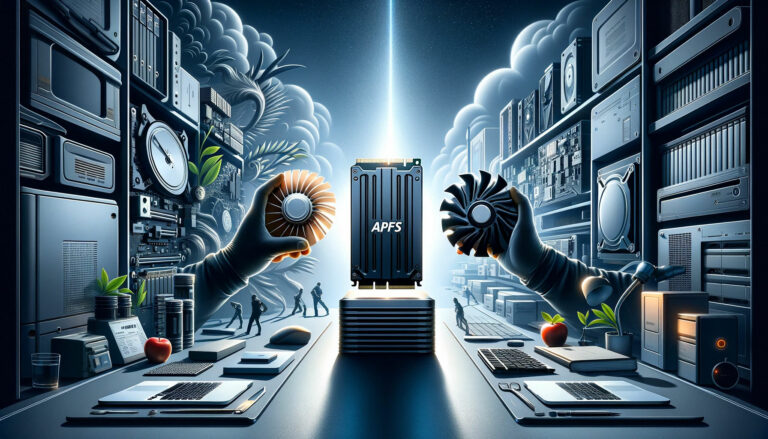Headless CMS has emerged as a new trend that has the potential to change the way many organizations deliver their content. However, with any buzzworthy tech industry, there are varying interpretations of headless, causing confusion among people.
To clarify this topic, this article will define headless and whether it’s the right option for your organization. Before diving into headless CMS, let’s take a brief look at the history of CMS.
In the early 1990s, the web comprised static HTML pages with no web-based applications, server-side headers, or footers. Interactivity only came in the form of rudimentary Perl and Python. In those days, only individuals who knew coding could create something innovative online.
However, with the advent of CMS, anyone could create a professional website, from the local café down the street to the likes of The Walt Disney Company, without any coding knowledge. CMS allows people to store, manage and publish their content with ease.
Although the world of static site generation and web-based development has become more comfortable to learn than ever, the allure of a CMS that requires no coding knowledge still grows. According to recent studies, over 39 percent of websites are powered by WordPress.
But what if you could have the flexibility of an API and the ability for non-technical users to contribute to your site without being a developer? This is where headless CMS comes in.
Headless CMS is a system where the CMS is no longer responsible for rendering content. The content, or data, is delivered over an API, and a separate system is accountable for rendering the content. Hence, the CMS has lost its head!
As a result, the content can be available to any number of “heads,” or the frontends that end-users experience. This architecture lets you choose where and how you present your content, giving you more freedom and flexibility than a traditional CMS.
Headless CMS can use both types of APIs, REST or GraphQL. In a traditional CMS, your content could only speak to the site on which that content was published. The flexibility offered by APIs allows you to talk not just to your site but to other applications.
When considering headless architecture, it’s best to consider how it serves two types of personas: the developer and the content publisher. Headless CMS offers greater flexibility for developers since it eliminates the frontend content delivery layer and focuses exclusively on storing content in a database or repository and rendering that content through whatever means the developer chooses.
Headless CMS can initially seem daunting for content marketers, writers, and publishers. They may wonder how they can contribute content or manage aspects of their site without writing code. However, with headless CMS, you can still contribute content or manage aspects of your site as normally through your CMS’s admin panel.
The benefits of headless CMS are numerous. Going headless offers greater flexibility on where you can send your content, and you can use React or JavaScript-based frameworks to increase the functionality and responsiveness of your content. It also offers scalability since headless splits the processing between the front and backend, making it much easier to scale.
Headless CMS also allows for extensive integrations, making it suitable for complex enterprise websites. For example, if you need to integrate several third-party services like a CRM or ERP, headless CMS offers a flexible solution for your needs.
However, there are downsides to headless CMS. A traditional CMS might be a better option if you lack the development structure or require real-time content previews. Also, if you want access to the
WordPress themes and plugins that already exist in the WordPress ecosystem, you may not find them in headless CMS.
Despite the downsides, headless CMS has gained significant popularity and attention in recent years. It is an excellent option for organizations that prioritize flexibility and scalability over a traditional CMS’s ease of use and familiarity.
To conclude, headless CMS is a new trend changing how organizations deliver their content. It provides greater flexibility, scalability, and extensive integration options. Headless CMS is suitable for developers who want more freedom in choosing frontend frameworks and for content marketers and writers who want to contribute content without writing code.
However, headless CMS may not be the best option for organizations that lack the development structure or need access to real-time content previews or existing WordPress themes and plugins. Therefore, when deciding whether to use headless CMS, it’s essential to consider your organization’s specific needs and goals.















